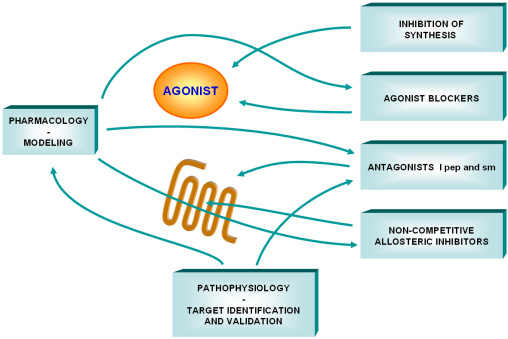| Hosting organisation: | Stichting Tuberculosis Vaccine Initiative |
| Coordinator: | Jelle Thole |
| IRB Participants: | Federica Sallusto, Group Leader |
| Research area: | HEALTH-2009-2.3.2-2 Identification and pre-clinical testing of new vaccine candidates for tuberculosis) |
| Duration: | 01.01.2010 to 31.12.2013 |
| Website: | http://www.tbvi.eu |
With 14.4 million prevalent cases and 1.7 million deaths tuberculosis (TB) remains one of the most serious infectious diseases to date. An estimated 2 billion people are believed to be infected with Mycobacterium tuberculosis and at risk of developing disease. Multi- and extensively drug resistant strains are increasingly appearing in many parts of the world, including Europe. While with current control measures the Millennium Development Goals (MDGs) set for 2015 may be achieved, reaching these would still leave a million people per year dying from TB.
Much more effective measures, particularly more effective vaccines will be essential to reach the target of eliminating TB in 2050. Two successive FP5 and FP6 funded projects, Tuberculosis (TB) Vaccine Cluster (2000-2003) and TBVAC (2004-2008), have in the recent decade made significant contributions to the global TB vaccine pipeline, with four vaccines (out of nine globally) being advanced to clinical stages. Both projects strongly contributed to the strengthening and integration of expertise and led to a European focus of excellence that is unique in the area of TB vaccine development.
In order to sustain and accelerate the TB vaccine developments and unique integrated excellence of TBVAC, a specific legal entity was created named TuBerculosis Vaccine Initiative (TBVI). The NEWTBVAC proposal is the FP7 successor of TBVAC, and will be coordinated by TBVI.
The proposal has the following objectives:
- To sustain and innovate the current European pipeline with new vaccine discoveries and advance promising candidates to clinical stages;
- To design new, second generation vaccines based new prime-boost strategies and/or new (combinations of) promising subunit vaccines, that will impact on reduction of disease in exposed individuals;
- To sustain and innovative discovery, evaluation and testing of new biomarkers, that will be critically important for future monitoring of clinical trials.









